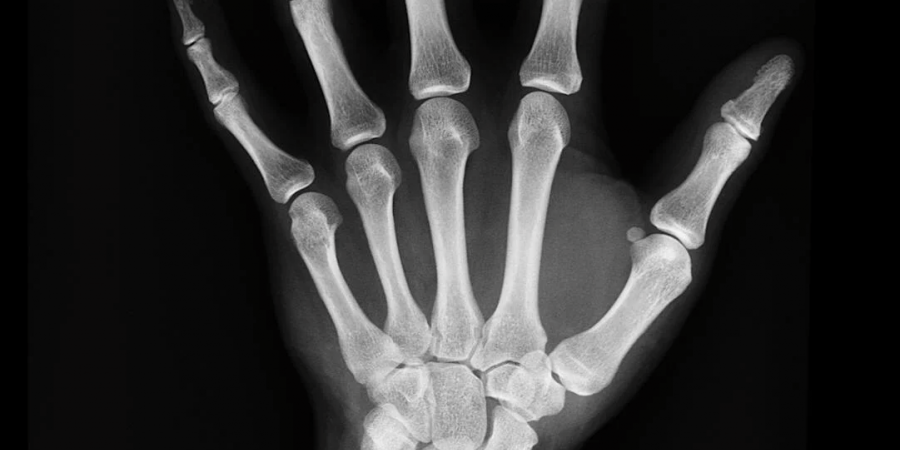

Definition
Rheumatoid arthritis Is an chronic inflammatory disorder which attacks your skeletal system
Signs and symptoms
Rheumatoid arthritis symptoms and signs can include: swelling in joints , hot in joints, sensitivity , joints stiffness in the joints that normally gets worse in the mornings and after sitting still fatique,fever, and appetite loss(anorexia)
It mainly affects Smaller joints, especially those connecting your toes and fingers to your feet, are typically the first to be affected by early-stage rheumatoid arthritis. Symptoms frequently extend to the wrists, knees, ankles, elbows, hips, and shoulders as the illness worsens day by day. Most of the time, the same joints on both sides of your body experience problems. Rheumatoid arthritis patients also experience non-joint signs and symptoms in about 40% of cases. Potentially impacted areas include: Skin, Eyes, Lungs Heart and kidneys glands that secrete saliva nerve tissue bone marrow vascular structure.
Etiology
An autoimmune condition is rheumatoid arthritis. Your immune system often aids in defending your body against illness and infection. Your immune system targets the healthy joint tissue when you have rheumatoid arthritis. Additionally, it may result in health issues with your skin, eyes, nerves, heart, and lungs.
And some infection like Staphylococcus group A which may cause rheumatic heart disease
Diagnosis
In the early stages of the disease, rheumatoid arthritis may be diagnosed with the aid of magnetic resonance imaging (MRI) and ultrasound. These imaging techniques can also be used to assess the degree of joint damage and the severity of the illness.
Pathology
It is mainly due to auto antibodies
It is an autoimmune disease
It means our body's own defence mechanisms kill or destroy our own body tissue
Stages
Stage 1…mild RA
Stage 2…moderate RA
Stage 3 …severe RA
Criteria
The updated criteria are as follows: 1) morning stiffness in and around joints
2) soft tissue swelling (arthritis) of three or more joint areas
3) swelling of the proximal interphalangeal, metacarpophalangeal, or wrist joints;
4) symmetric swelling ;
5) rheumatoid nodules;
6) rheumatoid factor;
7) radiographic erosion.
Treatment
Rheumatoid arthritis treatments can reduce joint inflammation, relieve pain, prevent or slow joint degeneration, lessen disability, and allow you to be as active as possible. Although there is no cure for rheumatoid arthritis, early therapy and assistance can lower the risk of joint destruction and the severity of the condition.
And the major treatment for RA is complete rest
And pain killer to reduce joint pain
Eg.. Aspirin
Immuno suppressant can be given
Eg…methotrexate
